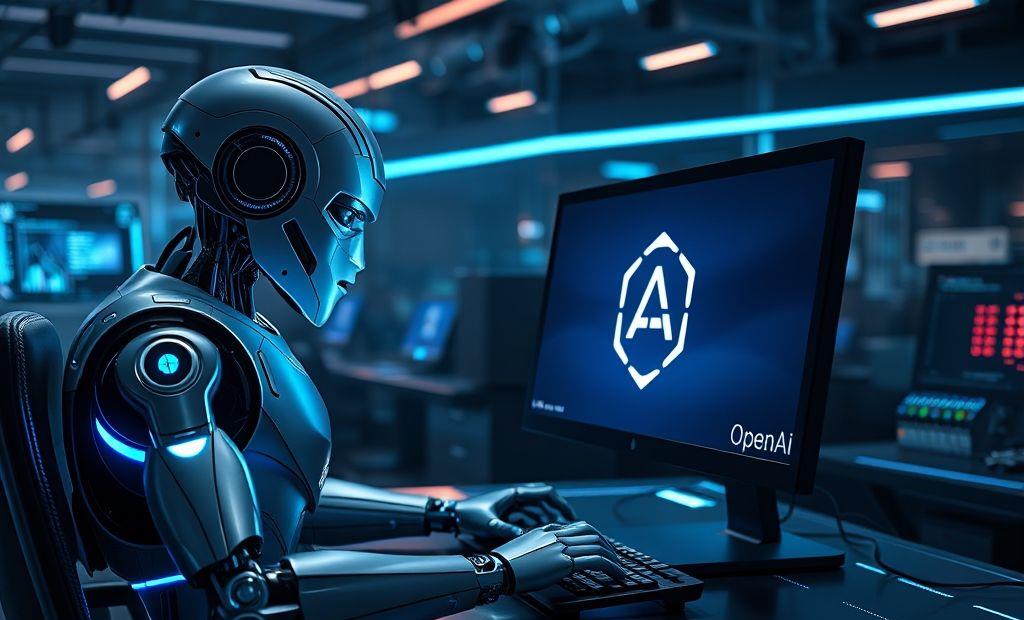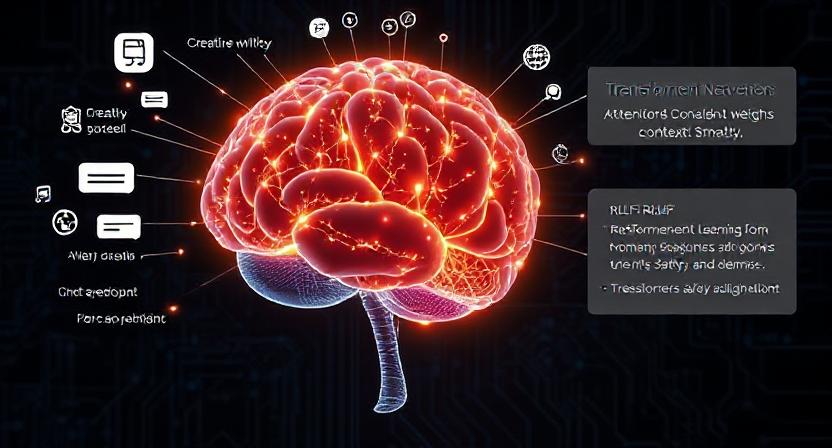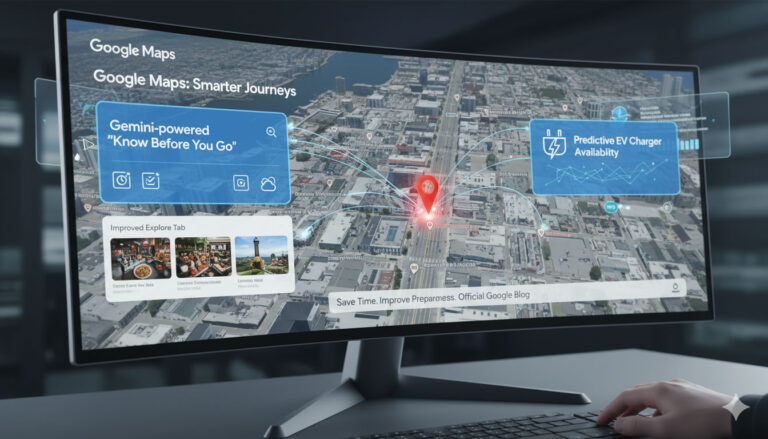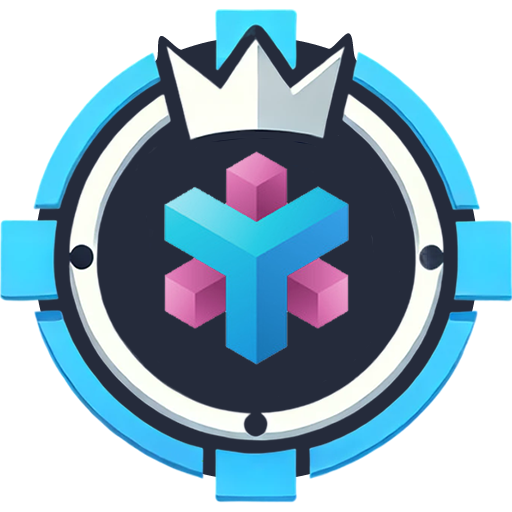ChatGPT: Your Complete Guide to the AI Chatbot

ChatGPT: Your Complete Guide to the AI Chatbot ChatGPT the revolutionary AI chatbot developed by OpenAI has taken the world by storm. It represents a...
⏱️ Estimated reading time: 3 min
Latest News
ChatGPT: Your Complete Guide to the AI Chatbot
ChatGPT the revolutionary AI chatbot developed by OpenAI has taken the world by storm. It represents a significant leap in natural language processing and offers a glimpse into the future of human computer interaction. In this guide we will explore everything you need to know about ChatGPT from its capabilities and applications to its limitations and potential impact.
What is ChatGPT?
ChatGPT is a large language model based chatbot. It uses deep learning techniques to understand and generate human like text. Trained on a massive dataset of text and code ChatGPT can engage in conversations answer questions write different kinds of creative content and even generate code.
Key Features and Capabilities
Text Generation: It can generate coherent and engaging text in various styles and formats, such as articles stories poems and code.
How Does ChatGPT Work?
ChatGPT relies on the Transformer architecture, introduced in the 2017 Attention Is All You Need paper. It replaced older RNN designs with efficient self attention mechanisms. Consequently models understand long-range context at scale with much faster parallel processing.
How ChatGPT Learns
First, it undergoes unsupervised pre training on massive text datasets. The model learns language patterns by predicting the next word in a sequence. As a result it picks up grammar syntax and semantics without explicit labeling.Next OpenAI fine tunes the model using Reinforcement Learning from Human Feedback RLHF. This process aligns the model toward helpful safe and coherent outputs across conversational tasks.

Why This Approach Works
The Transformer’s attention mechanism lets ChatGPT weigh input parts smartly. It learns what matters in context, even across long passages.Large scale unsupervised training fuels comprehension across domains from casual chat to creative writing.RLHF tunes that knowledge for safety, alignment and human style interaction.
Limitations and Challenges
While ChatGPT is a powerful tool it also has some limitations and challenges:
- Bias: ChatGPT can reflect biases present in its training data. OpenAI is actively working to mitigate this. The AI Ethics and Impact are important to address.
- Accuracy: ChatGPT may sometimes generate inaccurate or misleading information. Double checking the AI-generated content is always a good practice.
- Creativity: While ChatGPT can generate creative content it may not always be original or innovative.
Getting Started with ChatGPT
To start using ChatGPT visit the OpenAI website and create an account. You can then access ChatGPT through the web interface or the OpenAI API.
Future of ChatGPT
ChatGPT is constantly evolving, with new features and capabilities being added regularly. OpenAI is committed to improving the model’s accuracy, safety and usefulness. As AI technology advances, we can expect to see even more innovative applications of ChatGPT in the future. Consider exploring ChatGPT plugins to extend its capabilities further.
Related Posts
Bluesky Enhances Moderation for Transparency, Better Tracking
Bluesky Updates Moderation Policies for Enhanced Transparency Bluesky, the decentralized social network aiming to compete...
December 11, 2025

Google Maps: Gemini Tips, EV Charger Predictions & More!
Google Maps Gets Smarter: Gemini Tips & EV Updates Google Maps is enhancing user experience...
December 9, 2025

Adobe Acquires Semrush in $1.9B SEO Power Play
Adobe to Acquire Semrush for $1.9 Billion Adobe announced its agreement to acquire the search...
December 1, 2025











Leave a Reply